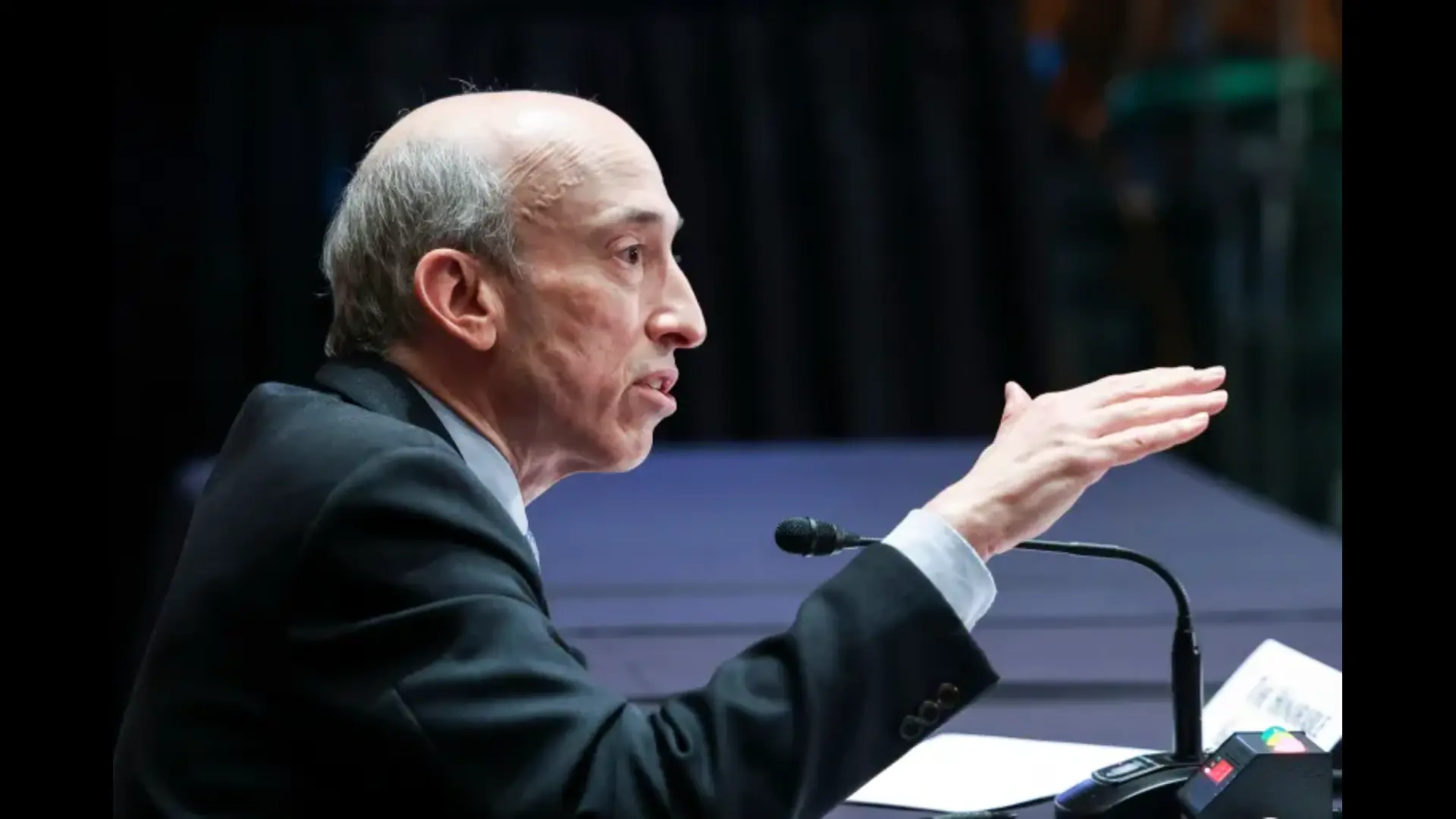
Considered as an important sector in India, agriculture engages 50 per cent of our workforce. This sector plays a pivotal role in contributing to the country’s food security. Though the government and policy makers have introduced major steps to boost income and raise living standards of farmers from time to time, it is marred by multiple challenges right from low income, lack of access to modern technology, inadequate infrastructure, climate impacts, small landholdings, fragmented land ownership to dependence on monsoon rains, lack of market access and finally indebtedness and suicides.
It is important to note that the situation of farmers in India is complex with variations across different regions, crops, and farming practices. On one hand, we have several laws to favour agricultural farmers and protect their interests. But on the other hand, their plight is enormous and inexplicable. Many farmers in India, especially those belonging to marginalised communities, face extreme poverty and rural distress. They often lack access to basic resources such as land, water, credit, and markets, which ultimately limit their productivity and income generation opportunities.
Poverty and rural distress can lead to issues such as indebtedness, migration, and food insecurity, affecting the overall well-being of poor farmers. And this is not the end of their saga. The women farmers face further challenges, of having limited access to land, credit, extension services, and decision-making processes, which constrains their overall ability to improve their own lives.
We are also conversant with the situations of farmers in specific states and regions. Those in Vidarbha region have been facing crop failures and low returns on crops, resulting into their inability to repay loans. Those in Bundelkhand region are continuously struggling with low rainfall, drought, and soil degradation. The ones from Rayalaseema and Western Odisha region face erratic rainfall, water scarcity, and land degradation and the ones from Marathwada region struggle with recurrent droughts. These factors compel the farmers to migrate in search of alternative livelihoods, adding more to the already existing agrarian distress.
To overcome their existing problems, farmers in this country have been actively protesting and demanding policy reforms to address their grievances. Issues such as the recent farm bills, which aim to liberalise agricultural markets, have been a subject of controversy and protests, with farmers demanding fair prices, protection of their livelihoods, and improved living conditions.
But the greatest of the talks have been about the “Green Revolution”, be it in our text books or documentaries. A period of agricultural transformation which began in 1960s, enabling adoption of high-yielding varieties of seeds, modern irrigation techniques, and increased use of fertilizers and pesticides. This definitely increased agricultural productivity, improved food security and helped in reducing poverty.
However, the benefits were not uniformly distributed across all regions and farmers in India. Large farmers and farmers with access to resources such as irrigation facilities, credit, and market networks were able to adopt the new technologies and benefit from the Green Revolution, while small and marginal farmers, who constitute a significant proportion of the farming community in India, faced challenges in accessing and adopting these technologies. And it could not help in overcoming some of the basic issues like availability of proper infrastructure, storage facilities, and transportation networks.
Additionally, price fluctuations, exploitation by middlemen, and limited bargaining power in the market, has continued for decades.
Eventually, the question arises about its remedy. In order to address the challenges faced by the farmers, multi-dimensional approach needs to be embraced like equitable access to resources such as land, water, credit, and inputs like seeds, fertilizers, pesticides, etc. No doubt, all these will bring an overall change in the living condition of our farmers. Besides, establishing robust market access can enable farmers to get fair prices for their produce and reduce their vulnerability to price fluctuations and exploitation by middlemen.
And what about best practices, these need to brought to the forefront, for example, Sikkim has become the first fully organic state in India. States like Andhra Pradesh, Telangana, and Odisha have implemented land reforms to provide land ownership rights to small and marginal farmers, and have also strengthened rural credit systems to provide affordable credit to farmers.
States like Gujarat and Rajasthan have implemented innovative water management techniques such as drip irrigation and rainwater harvesting to improve water availability and efficiency in agriculture. States like Maharashtra, Tamil Nadu, and Madhya Pradesh have established farmer-producer organizations (FPOs) and market infrastructure to help farmers access markets directly and get fair prices for their produce. The Tamil Nadu State Apex Cooperative Bank has set up an e-market platform called “Uzhavan” to facilitate direct farmer-consumer transactions. The “Kisan Call Center” launched by the Government of India provides toll-free helpline services to farmers across the country for agricultural-related queries and information.
On the other hand, states like Punjab, Karnataka, and Maharashtra have invested in rural infrastructure such as roads, storage facilities, and market yards to improve the connectivity and accessibility of rural areas and reduce post-harvest losses. Interestingly, Telangana and Odisha have implemented social welfare programmes for vulnerable farmers, extending financial assistance, healthcare, and other social benefits.
In addition to advocating for the adoption of best practices nationwide, it is crucial to spread awareness among the general public and raise a voice for those who continue to suffer. The active involvement of civil society organisations, academicians, and researchers is essential in addressing the challenges faced by farmers. We also need more films like ‘Peepli Live’ and ‘Do Beegha Zameen’ that can sensitively portray the harsh reality stemming from the agrarian crisis, and help non-farmers understand the grim challenges faced by farmers. These stories need to be shared widely to create empathy and understanding towards the plight of farmers.
Dr. Benazir Patil is Chief Executive Officer at SCHOOl, an NGO















